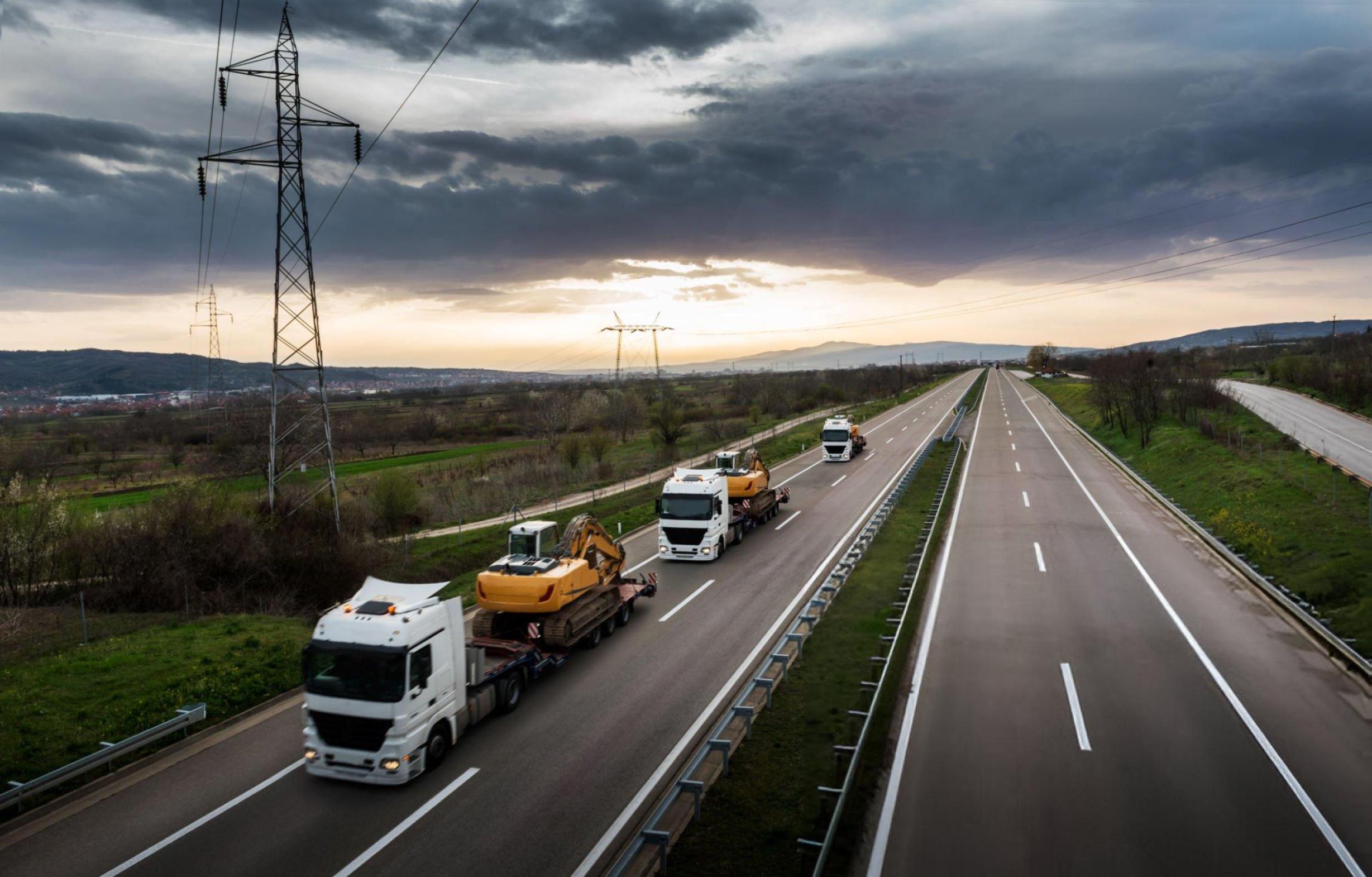Introduction: A Heavy Lift on a Tight Deadline

It was 4:00 AM on a construction site outside Dallas, and the crew was already behind schedule. A vital project hinge — a 20-ton hydraulic excavator — was supposed to arrive overnight. But one wrong move during transport had left it stuck halfway across the state. The machine hadn’t been properly secured, damaging both the equipment and delaying an entire commercial development project.
Unfortunately, this isn’t an isolated incident. According to the Federal Motor Carrier Safety Administration (FMCSA), improper loading of heavy equipment contributes to over 10% of all cargo-related truck accidents in the U.S. (Source: FMCSA, 2022).
Transporting an excavator isn’t just about horsepower and hydraulics — it’s about precision, planning, and following key safety protocols that keep your machinery (and others on the road) safe.
Understanding the Stakes in Excavator Transport
Excavators are essential for construction, mining, forestry, and even snow removal. But these machines are bulky, heavy, and uniquely shaped — making them one of the more complex types of equipment to transport.
-
A standard excavator can weigh anywhere from 3,000 lbs (mini) to over 180,000 lbs (mining models)
-
The U.S. construction equipment market is expected to reach $36.2 billion by 2027, with excavators comprising a large portion of that (Source: Allied Market Research)
-
Transporting oversize loads without proper permits and escorts can lead to fines ranging from $500 to $10,000+ per violation (Source: DOT)
Transporting them incorrectly? That’s not just a cost risk — it’s a safety hazard.
Key Safety Measures for Excavator Transport
1. Accurate Weight and Dimension Reporting
The very first step in excavator shipping is measuring weight, length, height, and width. These dimensions determine:
-
The type of trailer required (Lowboy, Flatbed, Drop Deck)
-
The need for oversize permits
-
Escort vehicle requirements on public roads
Even a few inches of incorrect height can put your load over legal bridge limits or violate DOT height clearances, especially for interstate shipping.
2. Choosing the Right Trailer
Different trailers serve different excavator sizes:
-
Lowboy Trailers: Ideal for tall, heavy-duty excavators due to their low center of gravity.
-
Flatbed Trailers: Best for smaller excavators where ground clearance is not a concern.
-
Drop Deck Trailers: Great for medium-sized excavators requiring lower deck access.
-
Extendable Trailers: Used for oversized or long-reach excavators.
Selecting the wrong trailer increases the risk of tipping, uneven loading, or even trailer failure.
3. Professional Loading and Securement
Over 25% of cargo-related violations stem from improper load securement (FMCSA). Excavators must be:
-
Aligned properly on the trailer deck
-
Secured using at least four chains or tensioned straps at designated tie-down points
-
Bucket and boom mechanisms restrained to prevent movement
Expert loading prevents shifting in transit — a critical factor for safety, especially during sudden stops or sharp turns.
4. Permit and Route Planning
Oversize loads require DOT-compliant permits, which vary by state. Key considerations include:
-
Bridge weight limits
-
Narrow urban routes
-
Construction zones or seasonal restrictions
-
Curfews and pilot car requirements
Planning ahead reduces legal risk and ensures the transport goes smoothly from origin to destination.
5. Real-Time Monitoring and Insurance
Unexpected breakdowns or weather delays can happen — which is why real-time GPS tracking and full insurance coverage are must-haves in any serious excavator transport service.
What to Expect During Excavator Transport
| Factor | What You Need to Know |
|---|---|
| Cost | Heavier equipment = higher cost due to trailer type, fuel, and permits. Expect premium pricing for safe delivery. |
| Timeframe | Transport can take longer due to load complexity and legal route restrictions. Plan 3–10 business days depending on distance. |
| Drop-off Options | Choose door-to-door for field delivery or terminal-to-terminal for cost-effective solutions. |
| Insurance Coverage | Always verify 100% insurance against loss or damage is included in your service. |
Why Choose ShipA1 for Excavator Transport?
ShipA1 provides expert excavator shipping across the U.S., offering tailored transport solutions that meet safety regulations and exceed customer expectations. With years of experience in handling heavy machinery, ShipA1 delivers more than just equipment — they deliver peace of mind.
Here’s what makes ShipA1 the smart choice:
Specialized Trailers: From lowboys to extendables, equipped for all excavator types
Expert Loading: Trained crews minimize risk and maximize security
Real-Time Tracking: Monitor your shipment’s journey 24/7
No Upfront Payment: Pay only when your delivery is complete
Fully Insured: Your equipment is 100% protected from damage or loss
Affordable Options: Terminal delivery services for budget-conscious shipping
Power Through Your Project with ShipA1
Whether you're relocating a mini excavator or hauling a full-sized construction monster, ShipA1 is ready with the equipment, expertise, and safety protocols to move your machinery securely.
Ready to get started?
Explore Excavator Transport Services with ShipA1
Conclusion
Transporting an excavator is not just about horsepower — it’s about playing it safe, smart, and by the book. By understanding and applying the key safety measures mentioned above, businesses can ensure that their equipment reaches its destination efficiently and without incident.
And when you need a transport partner that brings expertise, affordability, and real-time support, ShipA1 is the name to trust.
- Art
- Causes
- Crafts
- Dance
- Drinks
- Film
- Fitness
- Food
- Games
- Gardening
- Health
- Home
- Literature
- Music
- Networking
- Other
- Party
- Religion
- Shopping
- Sports
- Theater
- Wellness


